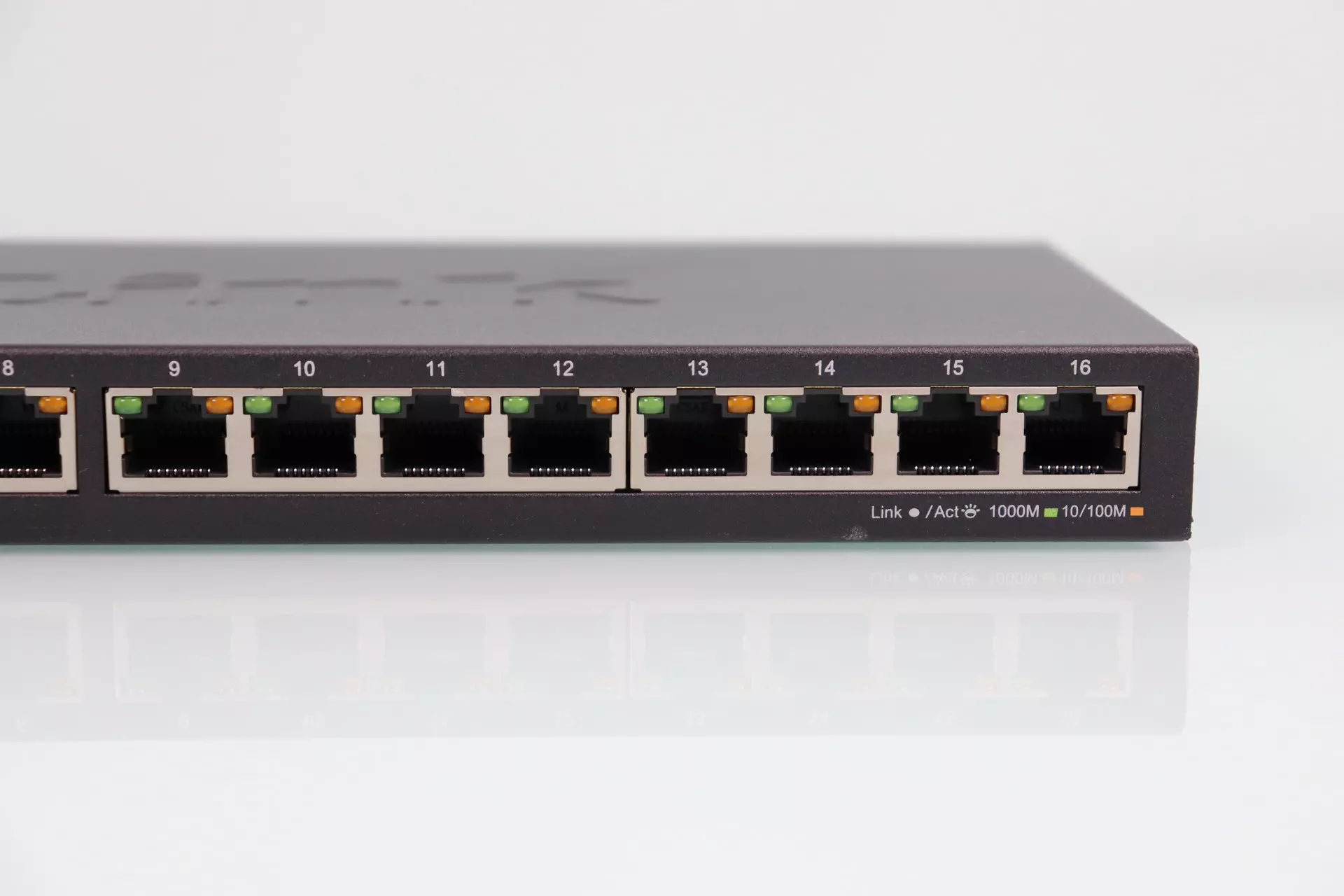
Organizations must take precautions to protect the information under their control as the number of cybersecurity incidents rises, and data security laws become more stringent. However, protecting your company’s data might be a difficult undertaking.
So, where should you begin? You can begin by putting in place a cybersecurity framework. So, let’s start by defining what a cybersecurity framework is.
What is a Cybersecurity Framework, and how does it work?
The Framework provides voluntary recommendations for enterprises to better manage and mitigate cybersecurity risk based on existing principles and practices.
The purposeful Framework, which researchers developed through a collaborative effort between business and government, consists of measures, standards, and practices that demonstrate the safety of critical foundations. The Framework’s systematic, adaptive, repeatable, and effective methodology assists house owners and administrators of vital infrastructure in managing cybersecurity-related risk. If you want to learn about different cybersecurity strategies and implement them, you might consider enrolling in some cybersecurity courses online. Now, let us look into the advantages of a cybersecurity framework.
What are the advantages of putting in place a cybersecurity framework?
Running a business is a time-consuming and complex undertaking. Many business executives, particularly those with no prior experience in cybersecurity, are concerned that installing a cybersecurity framework will add to their workload.
While following a cybersecurity framework through to completion takes time and effort, it will almost likely save you time, stress, and money in the long run. Here’s how :
- It will improve your network security and lower the danger of a cyber-attack.
- It will aid in ensuring better data security practices among employees, lowering the chance of data loss due to misdirected email.
- It raises employee awareness of cybersecurity, lowering the risk of social engineering assaults.
- It raises your self-esteem.
- It enhances your brand’s image among customers and business partners.
Components of a Cybersecurity Framework
A cybersecurity framework has three components, which we will describe presently.
1. Core
The Framework Core is a set of easy-to-understand intended objectives and outcomes in layman’s words. The Core provides businesses with guidance for managing and decreasing cybersecurity risks compatible with their existing cybersecurity infrastructure.
2. Tiers of Implementation
The Framework Implementation Tiers assist enterprises by giving data on assessing cybersecurity risks. The Tiers advises businesses to think about the right amount of vigilance for their cybersecurity program, and it’s also used to estimate risk tolerance and IT spending.
3. Profiles
The Framework Profiles indicate how the Core’s expected outcomes are matched with corporate requirements and objectives. Profiles aid in the improvement of an organization’s cybersecurity.
Conclusion
Cybersecurity frameworks aid in developing a solid security structure and the avoidance of cyber risks. They also assist in being compliant with numerous regulations that a firm must follow. Implementing a cybersecurity framework takes a significant amount of time and resources, and complete dedication. The Framework aids in creating a structured approach to having a secure environment, as well as the ongoing monitoring of its performance in keeping a strong cybersecurity control.
Given the recent evolution of cybercrime, there is still much room for improvement in terms of cybersecurity framework selection, design, and implementation. You can take up an advanced cybersecurity course to know more. It can help you understand the concepts much better and help you grow or even change careers.



